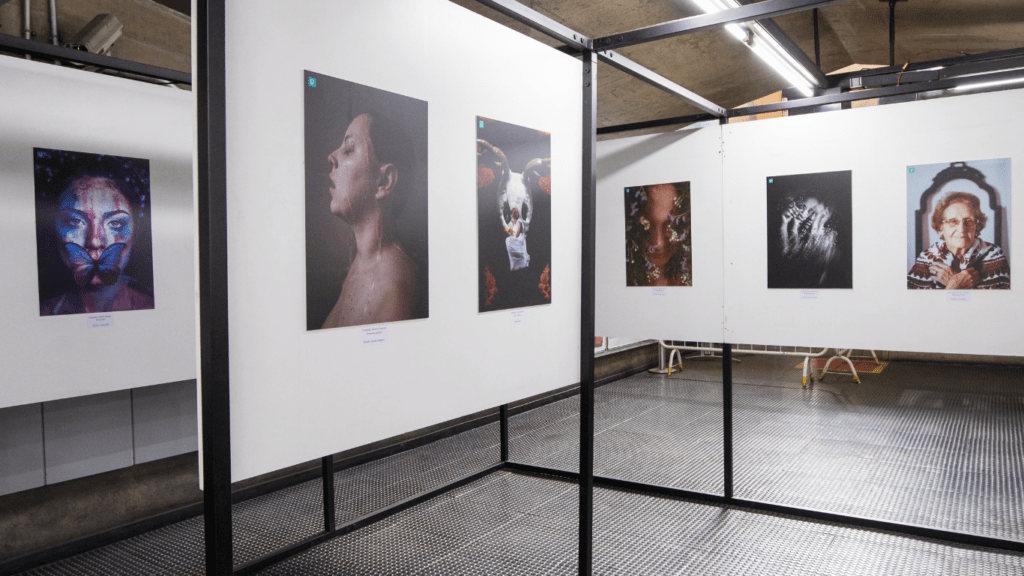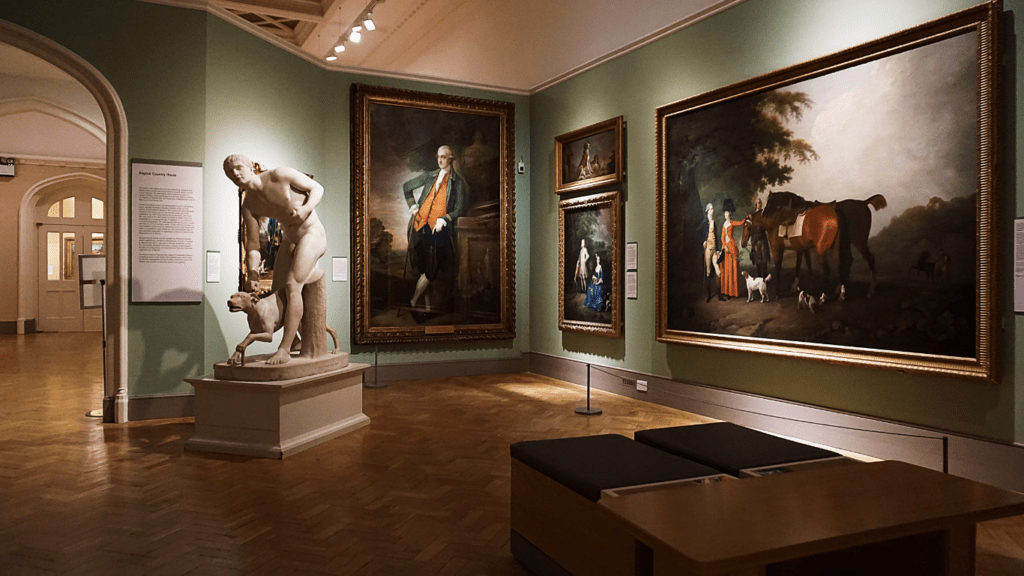The Rise of Virtual Art Galleries
Virtual art galleries are transforming how we experience and appreciate art. By leveraging technology, they offer unparalleled access and immersive experiences.
The Shift from Physical to Virtual Spaces
Galleries have historically been physical spaces, limiting access to those within geographical reach. Virtual art galleries eliminate these barriers, making it possible for anyone with an internet connection to view and engage with art.
Examples like The Louvre’s virtual tours and MoMA’s online exhibits demonstrate the shift. Virtual platforms ensure wider audience reach, driving new engagement with art.
Technological Drivers Behind Virtual Exhibits
Several technologies propel the rise of virtual art galleries.
- High-resolution imaging allows for detailed viewing of artworks, where features like brush strokes and textures become visible.
- Interactive features, such as 360-degree views and virtual reality (VR) tours, enable users to explore exhibits just as they would in a physical gallery.
- Artificial intelligence (AI) enhances the experience by offering personalized recommendations.
These technological advances make virtual art galleries more dynamic and accessible.
Benefits of Virtual Art Galleries

Virtual art galleries revolutionize the traditional exhibit model. They offer several advantages over physical galleries.
Accessibility for a Global Audience
Virtual galleries make art accessible to a global audience. Art enthusiasts from any location can explore exhibits without travel. The barrier reduction spans economic and physical constraints.
Interactive features, like zoom and 360-degree tours, enhance the experience. Viewers benefit from high-resolution images and detailed artwork descriptions. Such technological features democratize art appreciation, making it inclusive.
Lower Costs for Organizers and Attendees
Both organizers and attendees enjoy reduced costs with virtual galleries. Organizers save on venue rentals, security, and physical setup. Digital platforms replace expensive traditional exhibits.
Event promotion becomes more affordable through online marketing. Attendees avoid travel and accommodation expenses. The cost reduction enables greater participation and more frequent art events. Virtual exhibits present a cost-effective solution for showcasing art.
Challenges Facing Virtual Art Galleries
Virtual art galleries face several challenges that impact their effectiveness and user experience.
Preserving the Aesthetic Experience
Maintaining the immersive quality of physical exhibits poses a challenge. The tactile and spatial experience of viewing art in person is hard to replicate digitally.
High-resolution images and 3D models can enhance the visual experience, but don’t completely substitute the sensory impact of standing before an original piece. Curators strive to recreate this by integrating interactive features, soundscapes, and even haptic feedback, yet some aspects of the live experience remain elusive.
Technical Limitations and Solutions
Technical barriers are significant in virtual art galleries. High-resolution imaging and 3D modeling require substantial bandwidth and advanced hardware, potentially limiting access for users with outdated devices or slower internet connections.
Solutions like adaptive streaming and mobile-friendly designs help mitigate these issues. Another common problem is ensuring color accuracy and image quality across different devices, which developers address through rigorous testing and standardization protocols.
While technology continues to evolve, these challenges necessitate ongoing innovation and adaptation in the virtual art gallery space.
Virtual Reality and the Art World
Virtual reality (VR) integrates emerging technology with the art world, revolutionizing how we experience art exhibits.
How VR is Transforming Art Exhibitions
VR creates immersive environments that transport users into art exhibits without physical constraints.
- Users navigate virtual spaces, interact with artworks, and even attend live events from their homes.
- Artists and curators design these environments, enhancing visitor engagement.
- VR showcases allow detailed examination of artworks.
- Users can zoom in to see brushstrokes or switch between different lighting conditions to understand the art better. For example, The Kremer Museum is a VR-only museum hosting a collection of Dutch and Flemish Old Masters.
- Collaborative VR platforms enable real-time interactions. Users join friends or attend guided tours by experts, making art viewing a shared social experience.
- Museums like The British Museum have started offering such experiences to reach broader audiences.
Future Innovations in VR Art Galleries
Innovations in VR promise even more immersive experiences. Haptic feedback technology aims to recreate the tactile experience of interacting with art. Users could feel varying textures, enhancing their understanding of materials used in artworks.
Artificial Intelligence (AI) integrated into VR can provide personalized art tours. AI algorithms analyze user preferences and deliver tailored experiences, highlighting pieces users are likely to enjoy. AI also assists in curatorial tasks, recommending optimal artwork placements in virtual galleries.
Expanding multi-sensory exhibitions involves integrating soundtracks and ambient sounds, creating a more holistic artistic experience. For instance, a virtual exhibit of Monet’s “Water Lilies” might include the sounds of water gently flowing. These innovations strive to make virtual art galleries more engaging and realistic.


 Parisilyn Cruz has played a pivotal role as an article writer and key contributor in the development of Innov Art Foundry. Her deep passion for the art world is reflected in the insightful and engaging content she creates, covering everything from the latest art trends to in-depth explorations of virtual reality's impact on artistic expression. Parisilyn's writing not only informs but also inspires readers, making complex topics accessible and intriguing for a broad audience.
Beyond her writing, Parisilyn has been instrumental in shaping the direction of Innov Art Foundry. Her contributions have helped to establish the platform as a trusted resource for both seasoned artists and newcomers to the art scene. By blending her creativity with a keen understanding of the art landscape, Parisilyn Cruz has ensured that Innov Art Foundry remains at the forefront of contemporary art discourse, continually providing valuable insights and fostering a vibrant community of art enthusiasts.
Parisilyn Cruz has played a pivotal role as an article writer and key contributor in the development of Innov Art Foundry. Her deep passion for the art world is reflected in the insightful and engaging content she creates, covering everything from the latest art trends to in-depth explorations of virtual reality's impact on artistic expression. Parisilyn's writing not only informs but also inspires readers, making complex topics accessible and intriguing for a broad audience.
Beyond her writing, Parisilyn has been instrumental in shaping the direction of Innov Art Foundry. Her contributions have helped to establish the platform as a trusted resource for both seasoned artists and newcomers to the art scene. By blending her creativity with a keen understanding of the art landscape, Parisilyn Cruz has ensured that Innov Art Foundry remains at the forefront of contemporary art discourse, continually providing valuable insights and fostering a vibrant community of art enthusiasts.